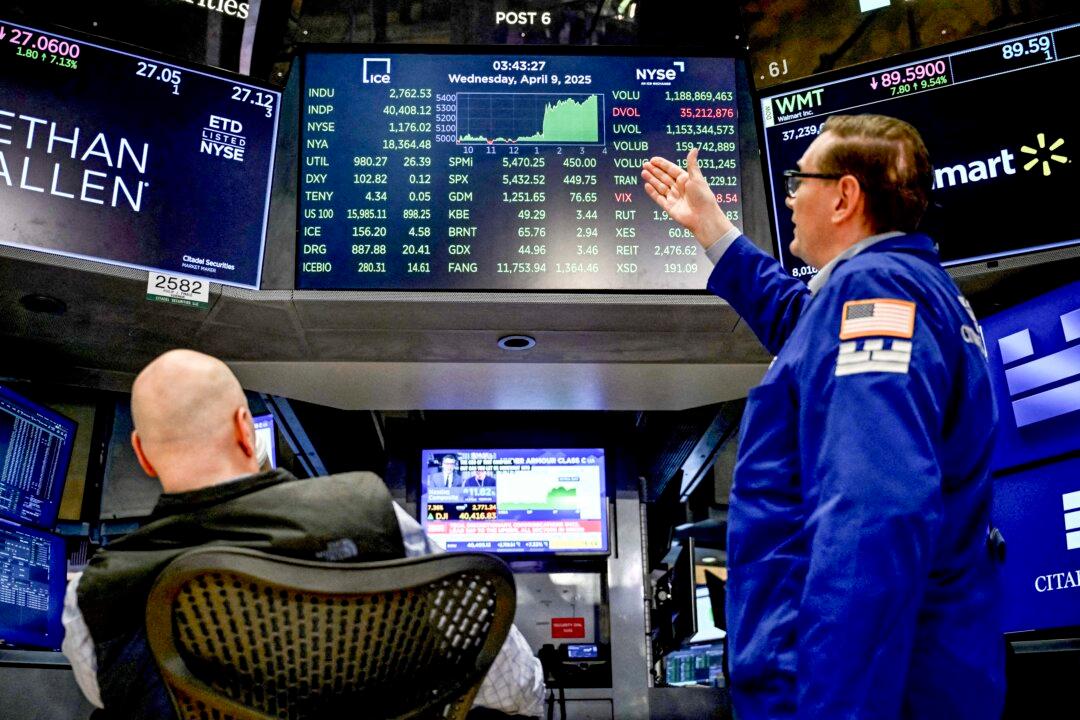Social Security recipients started receiving a significant increase in their benefits this week amid decades-high inflation that sparked an 8.7 percent cost-of-living adjustment last year.
The first payments with the adjustment for 2023 were already disbursed for many Social Security recipients, with more coming throughout the month.
The adjustment, known as a COLA, is the largest since 1981 when Social Security recipients saw an 11.2 percent increase. The increase this year will increase the average monthly benefit by about $140 per month on average, according to a previous estimate from the Social Security Administration.
Beneficiaries who were born between the 11th and 20th will get their payments on Jan. 18, and the next group of people—born between the 21st and 31st—will get their payments on Jan. 25.
Data released this week by the Labor Department show the Consumer Price Index, a key inflation metric, slowed for a sixth consecutive month in December to 6.5 percent year-over-year. It came after the Federal Reserve aggressively raised interest rates by levels not seen in about two decades.

For 2022, the COLA increased by 5.9 percent, a decision that was tied to the then-rising Consumer Price Index measuring inflation. But 2023’s increase was the biggest that baby boomers, or those born between the years 1946 and 1964, have ever seen. The last time a COLA was higher was in 1981, at 11.2 percent.
‘Extremely Difficult’
Johnson previously noted that higher Security Payments can actually cause problems for some retirees. They can reduce eligibility for some social programs such as food stamps and Medicare, while it can push people into higher tax brackets, she said last year.“These are income-based programs,” Johnson added to USA Today last year. “Most, if not all of them, are easily administered through the states. If we’re forecasting a COLA that’s close to 9 or 10 percent, yes of course that’s going to affect, not only your eligibility for low-income benefits, it’s going to for everyone else, for people who don’t get benefits.”
And Joe Elsasser, the president Social Security claiming software company Covisum, said the 8.7 increase might not greatly increase beneficiaries’ purchasing power, noting that the cost of food, gas, and other goods is still relatively high.





